With only half of a day to explore Natchez, we had to work quickly to see as much as possible. Even as we toured, we could already see a return visit would be required. With that in mind, we decided to hit the biggest highlights of Mississippi’s first city. A “must-see” for this short visit was the Natchez National Historic Park. What we originally believed to be one large park is actually four separate sites. To gain a better understanding of the atmosphere of the city in the mid-1800s, we planned for one of our stops to be at Melrose Plantation.
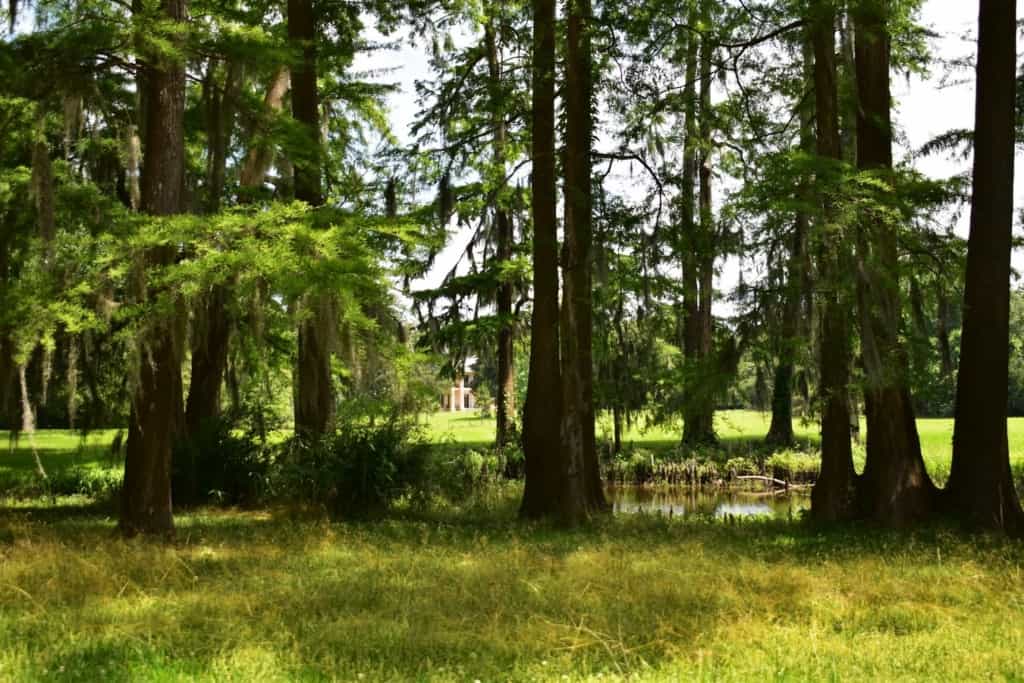
Spotting Melrose Plantation
Our visit occurred during the height of Covid, so we weren’t sure what to expect. As we pulled off of the main road, we caught our first glimpse of Melrose Plantation through a stand of trees. Set back well off of the road, we could picture the days of horses and buggies rolling along the winding path to the house. Constructed with Greek Revival architecture, this home was built after an unusually strong tornado ravaged Natchez in 1840.
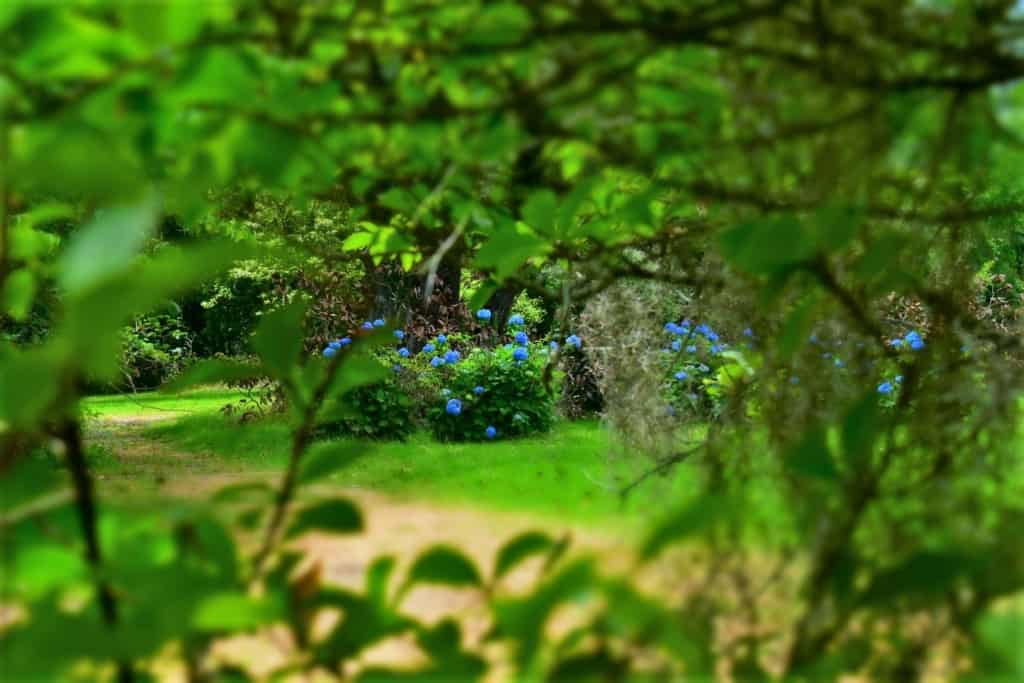
Plantation Grounds
Arriving at the National Historic Landmark, we parked and made our way toward the house. As we walked through a breezeway, we spotted a park service employee. She informed us that due to Covid protocol, home tours were currently unavailable. While we were a little disappointed by this news, we were determined to still enjoy our visit. We knew a walking tour of the grounds would provide plenty of interesting views.
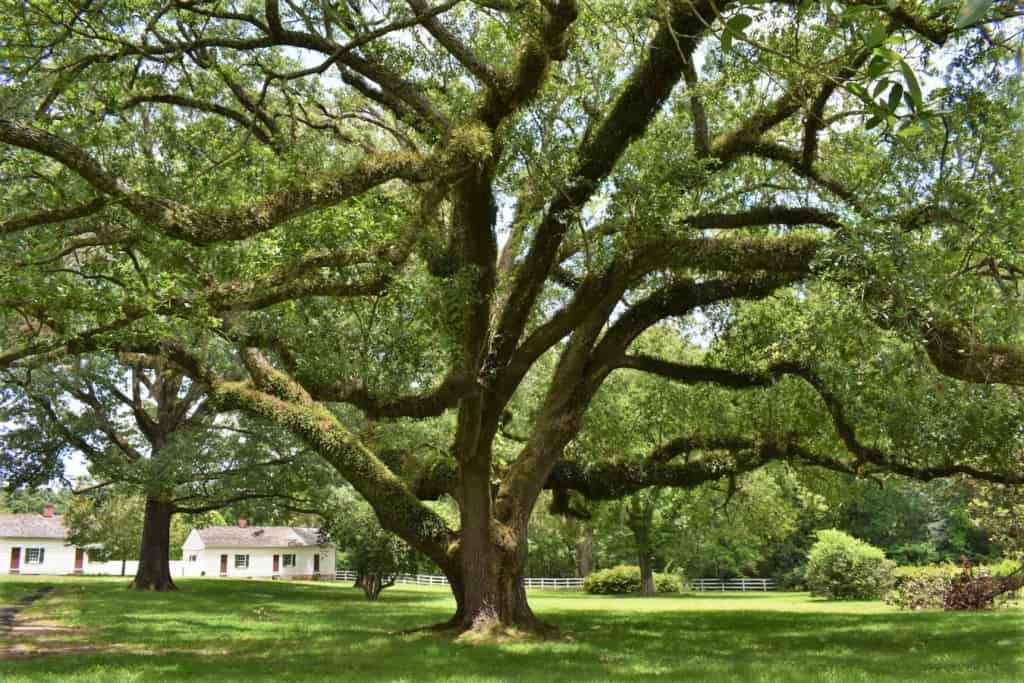
Sights of the South
Our stop in Natchez was a break from the road on our way to the Louisiana River Plantation Region. Wandering around Melrose Plantation was a good precursor to the sights that are commonplace in the deep south. Walking along a path, we enjoyed the shade being provided by the moss-covered oak trees. These stately giants are quite a sight to behold and a sure sign that you have made it to a more temperate climate.
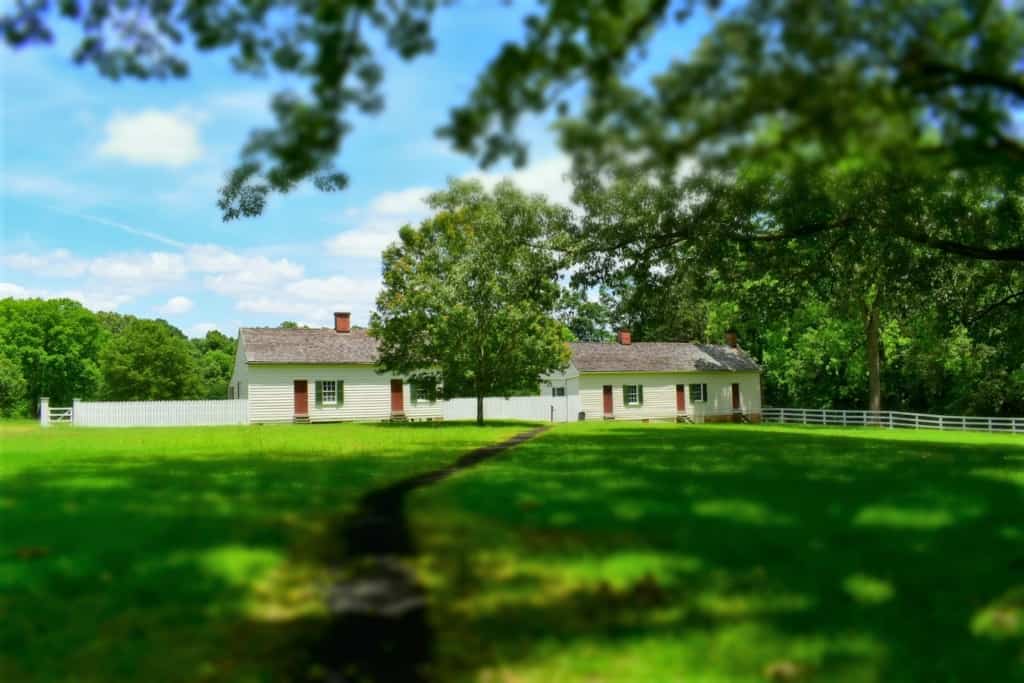
Touring the Grounds
On the way to Melrose Plantation, we had made a stop at Forks of the Road Market. This nondescript site looks like any city park but has an ominous tie to the dark history of slavery. In the mid-1800s, Natchez was home to the second-largest slave market in the United States. Spotting the slave quarters on the Melrose estate, we were reminded of the advances made on the labor of the enslaved. We read that 22 enslaved people lived and worked at Melrose Plantation.
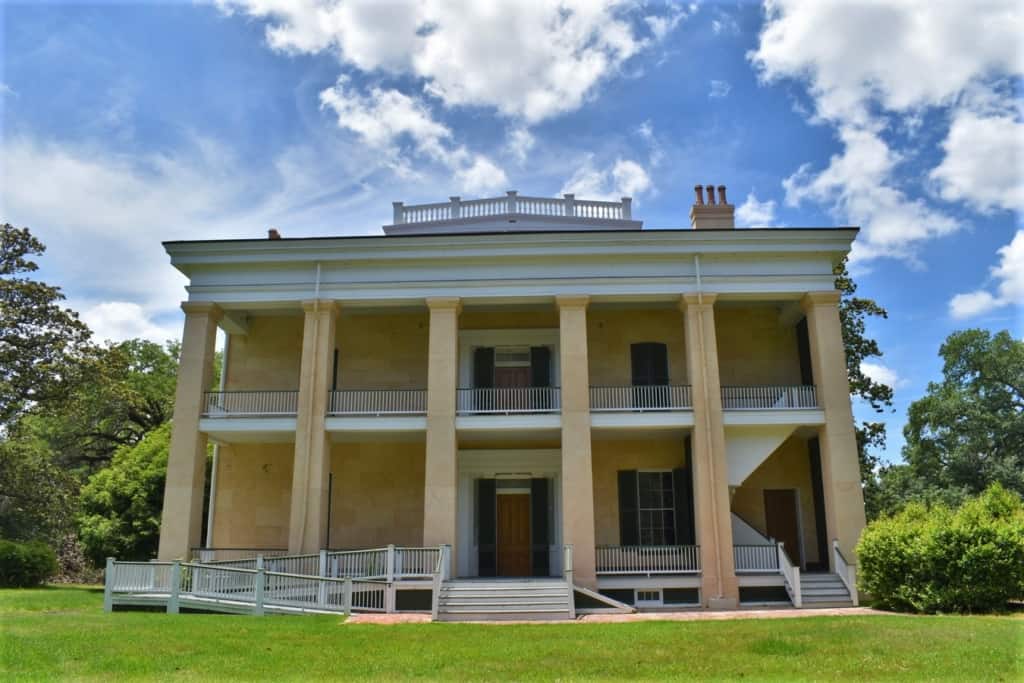
360 Degree Views
Over the years, the Melrose Plantation has changed hands a couple of times. The original owners began the construction in 1841 and saw the completion in 1849. The rise of the Civil War caused them to sell it in 1865. It would stay in that family’s possession until 1976 when it was purchased by the owners of Callon Petroleum. The mid-1980s saw the bust of the domestic oil industry, and the Callons put the estate up for sale. It would become the property of the National Park Service in 1990.
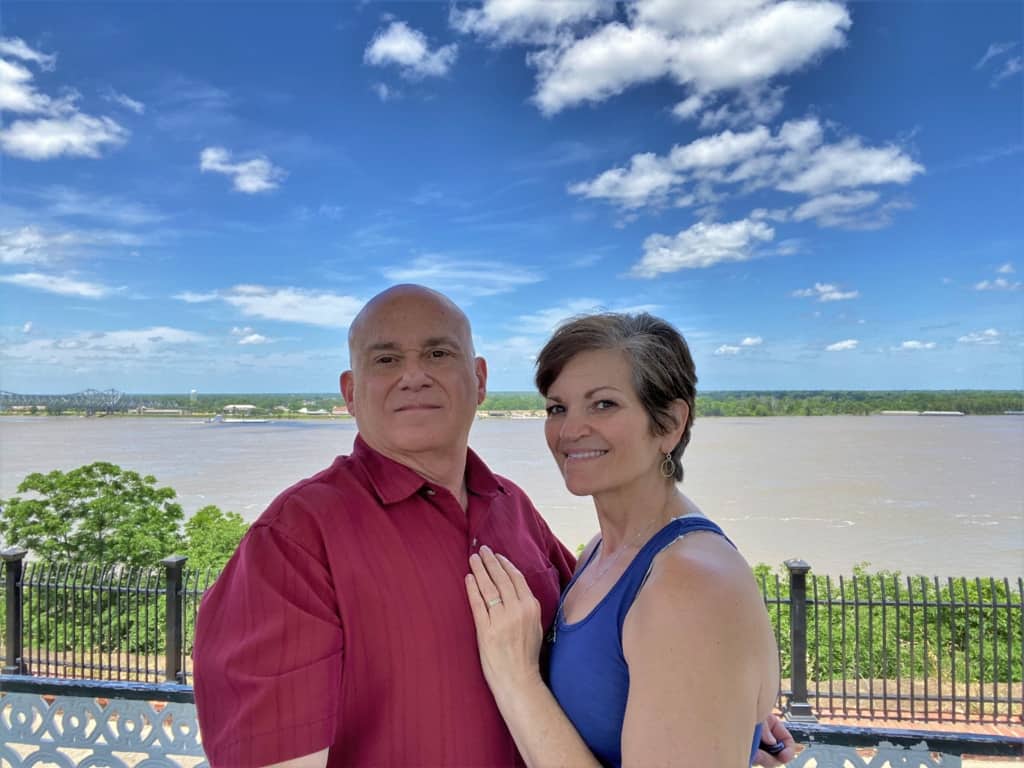
Visiting Melrose Plantation
Our tour of the grounds, at Melrose Plantation, was free to the public. When the home tours return, they usually cost around $10 per person. We would like to return to see the interior, as most of the original furnishings remain on-site. It’s good to see these structures and estates being used to educate the public about the past. While some would prefer to destroy or emit this history, we feel it is important to remember the cruelties inflicted by people in the past. Perhaps, someday humanity will eliminate this type of treatment from the face of the planet. In the meantime, they stand as reminders that all people should be treated as equals.


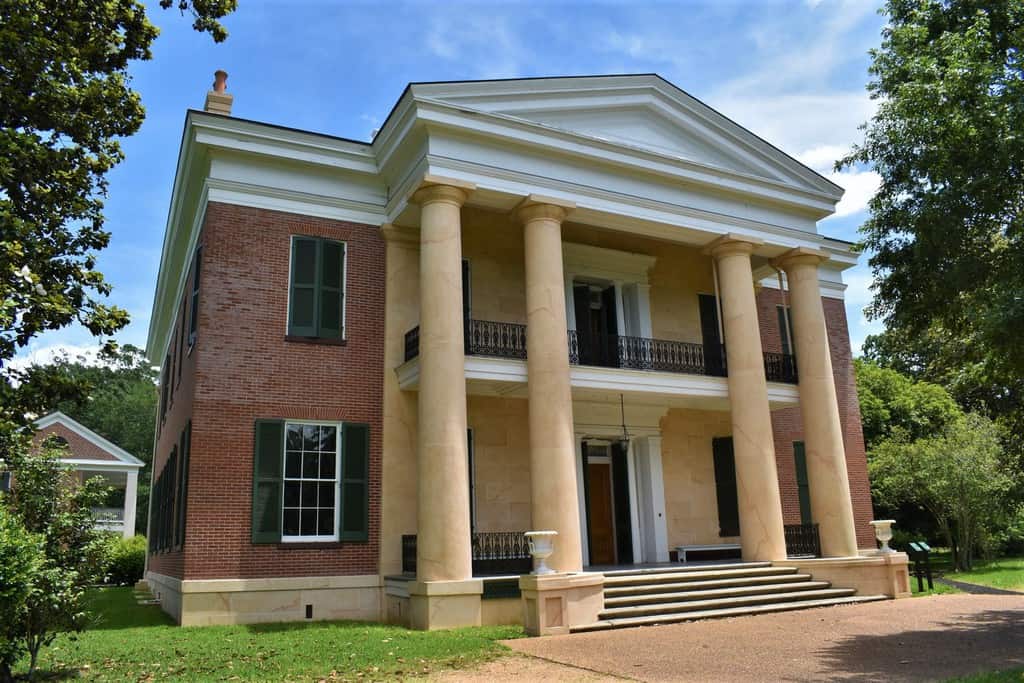
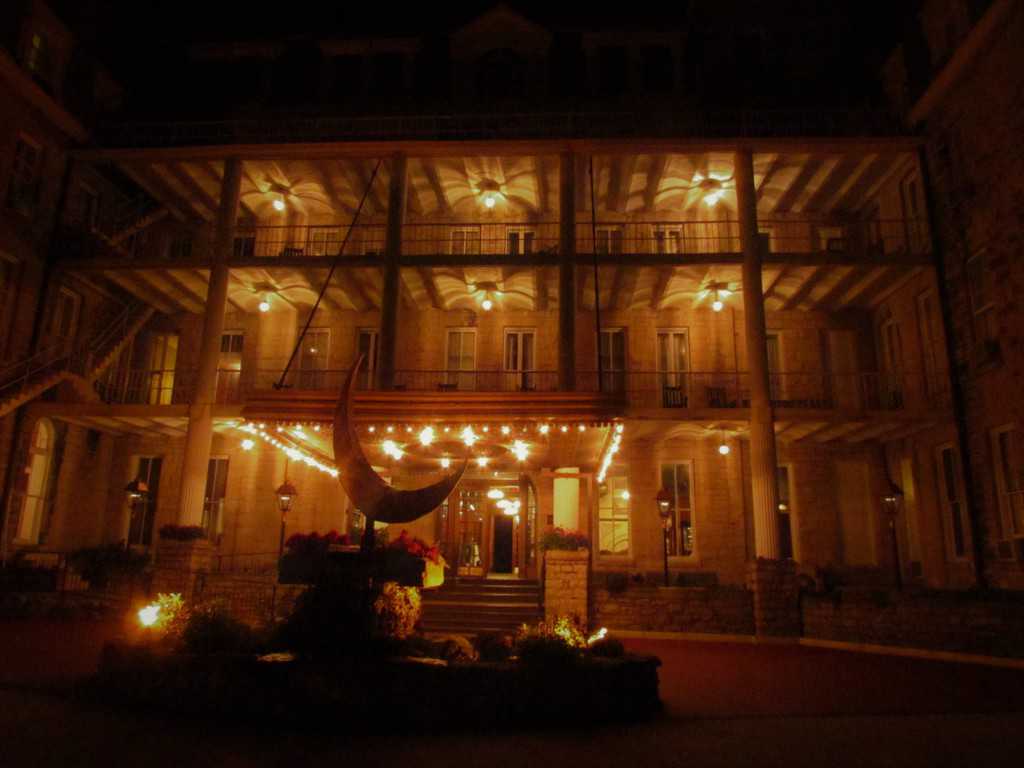
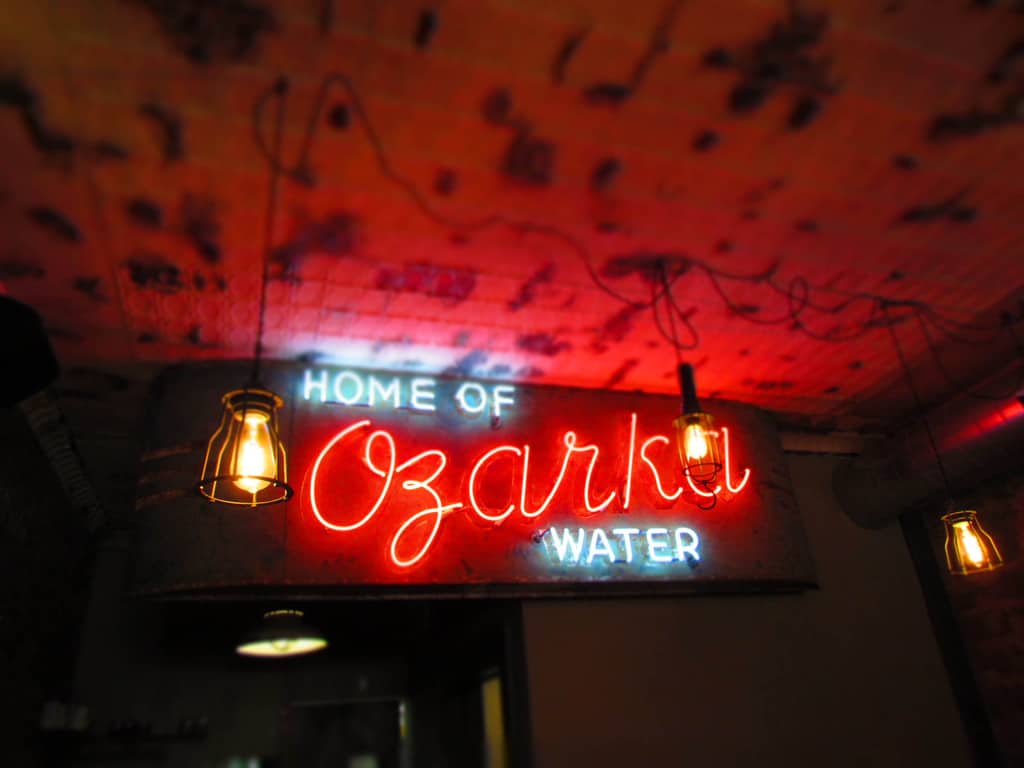
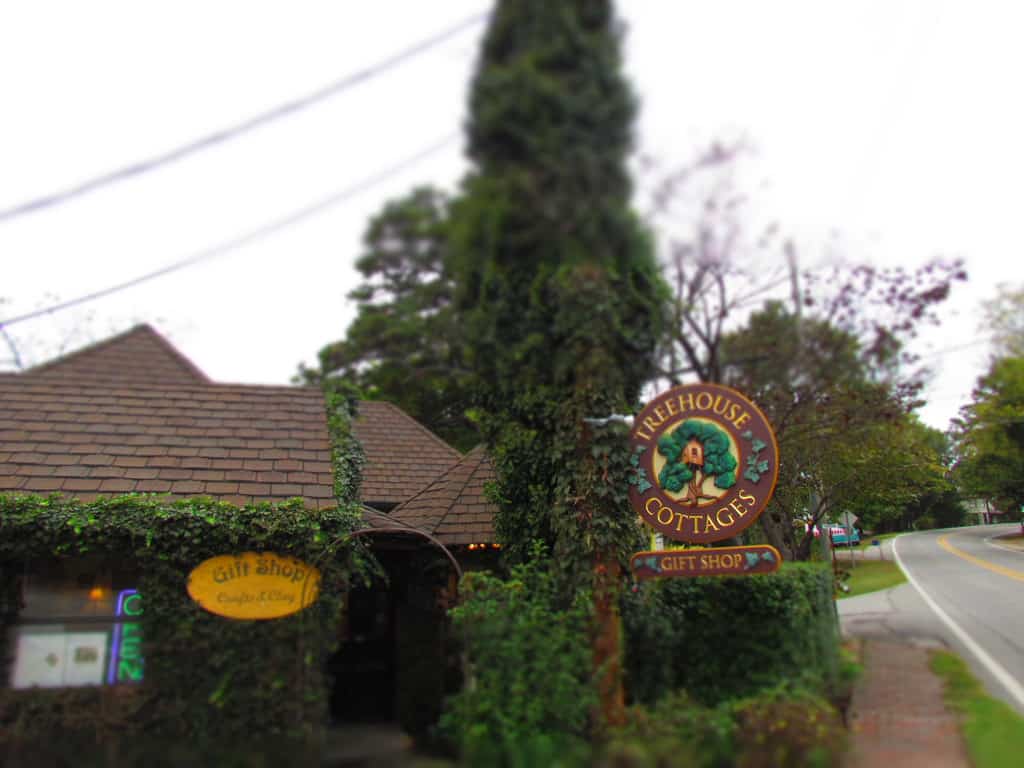
Thank you for posting, I particularly liked the photo where you got your first glimpse of the house. I hope you get to visit the interiors one day soon particularly if it’s still contains some of the original furniture. Wendy
We hope so, as well. A peek through the windows was more teasing than pleasing. It looks like an amazing place to explore.
Thanks for your nice article and lovely photos of Melrose.
Hopefully you can return when the house is open for tours!
This is a fact the Park Rangers would have told you:
Melrose was not a plantation— no crops were grown there.
It was a suburban residence.
The slave quarters were for the enslaved persons who maintained the house and grounds.
Thanks for these details about the property. It is a beautiful setting and one that we hope to see again.